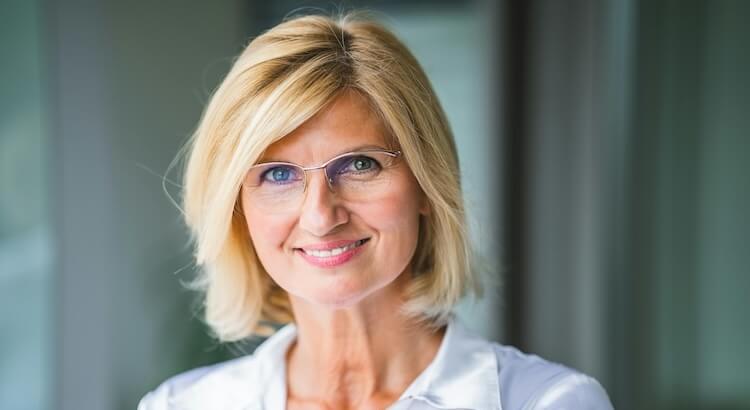Why Translating Your Website Into Multiple Languages Matters
If you have an ecommerce site, a blog, or any other type of website, reaching more people is usually one of your main goals. Translating your website into multiple languages can help you:
- Increase sales and conversions
- Boost your site’s visibility
- Reach a wider audience
- Make your website more user-friendly to people all over the world
Below, you'll find statistics, translation methods, and top reasons your business or website will benefit from offering content in several languages.
Key Statistics: Why Website Translation Is Important
- 65% of online consumers prefer content presented in their native language (CSA Research, 2020).
- 76% of customers are more likely to buy products with information in their own language (CSA Research, 2020).
- 60% of shoppers rarely or never purchase from websites that are only in English (CSA Research, 2020).
How to Translate Your Website Into Multiple Languages
There are several ways to translate your website content, each with advantages and limitations.
Manual Human Translation
Manual translation uses professional translators to convert all your website text into a target language. This method is best when:
- Your content is complex or sensitive (such as medical or legal websites).
- You need complete accuracy in translation.
- You want natural phrasing and context-specific language.
Options for human translation include:
- Hiring freelance translators per hour or per project
- Working with a professional translation service or agency
Although hiring professionals may cost more, quality and reliability are often much higher, making it a smart choice for most businesses.
Automatic Machine Translation
Automatic or AI-powered translation tools can quickly turn your website into multiple languages. These are often:
- More affordable than human translators
- Faster, with near-instant results
- Helpful for general content or large volumes of text
But automatic tools can lead to:
- Lower accuracy—especially with slang, idioms, or industry jargon
- Mistakes that can harm your brand’s image or reputation
Automatic translation may work for basic articles, user comments, or FAQs. Still, for business, legal, or marketing content, professional translation services are often the better choice.
Plugins and Software Solutions for Website Translation
Plugin solutions can help automate the translation of content, often within platforms like WordPress:
- Google Translate Plugin: Quickly translate your pages using Google’s engine. It includes a language switcher and both free and premium options for SEO-friendly URLs.
- TranslatePress: Lets you translate content from the frontend, offering real-time updates, with support for several automatic translation engines.
- Polylang: Provides a simple way to manually add translations for posts, pages, and media, along with tools for managing subdomains and separate domains.
- WPML: Installs multiple languages in one WordPress installation and easily connects to translation services for higher quality outputs.
- Weglot: Offers both a web version and plugin, featuring a language switcher and support for SEO best practices in both free and premium plans.
- Multilingual Press: Uses WordPress multisite to create a network of single-language websites for better load times and easier management.
Top Benefits of Translating Your Website Into Multiple Languages
1. International Exposure
Most internet users are not native English speakers. About 20% of internet users are in China alone (Statista, 2023). By translating content, you can connect with these audiences directly and expand your global reach.
2. Access to New and Bigger Markets
Translating your site introduces your products and services to global audiences. This can increase sales opportunities and your international reputation.
3. Enhanced Brand Recognition
Offering your website in multiple languages improves brand awareness. Global brands are seen as more trustworthy (Nielsen, 2022), and people connect better with content in their native language.
4. Cost-Effective Marketing
Website translation is an affordable way to reach more people, especially when compared to traditional international advertising. It can improve engagement with millions of users outside your current market.
5. SEO Advantages
A multilingual website helps your site rank higher in search engines across countries. Searchers are more likely to find you when your content appears in their preferred language. You don’t need to translate every page into all languages—prioritize those most used by your target market.
6. Less Competition
Many websites are only available in English. Translating to other languages puts you ahead of competitors, especially in less-served language markets.
7. Improved Accessibility
Making your website available in several languages ensures accessibility for everyone. As of March 2020, only 29.5% of web users had English as their first language (Internet World Stats, 2020).
8. More Conversions and Sales
Customers are more likely to buy if they understand your products and content. Presenting information in their native language builds trust, streamlines communication, and ultimately increases conversions.
Choosing the Right Translation Solution
Your best option depends on your content type, goals, and budget:
- Use manual translation for sensitive, technical, or high-stakes pages.
- Try automatic translation tools for simpler content or fast, low-cost translation.
- Consider plugins or AI-powered transcription solutions for dynamic or high-volume sites.
Get Professional Results With GoTranscript
For the best results, work with a service known for accurate, reliable translations. GoTranscript’s translation services help you localize websites, product descriptions, and multimedia content in over 60 languages. Explore transcription, captioning, subtitling, and audio translation to reach every part of your audience. Check out affordable pricing and start expanding your reach today. Ready to grow your business globally? Order translation services with GoTranscript now.



















 Verified Order
Verified Order